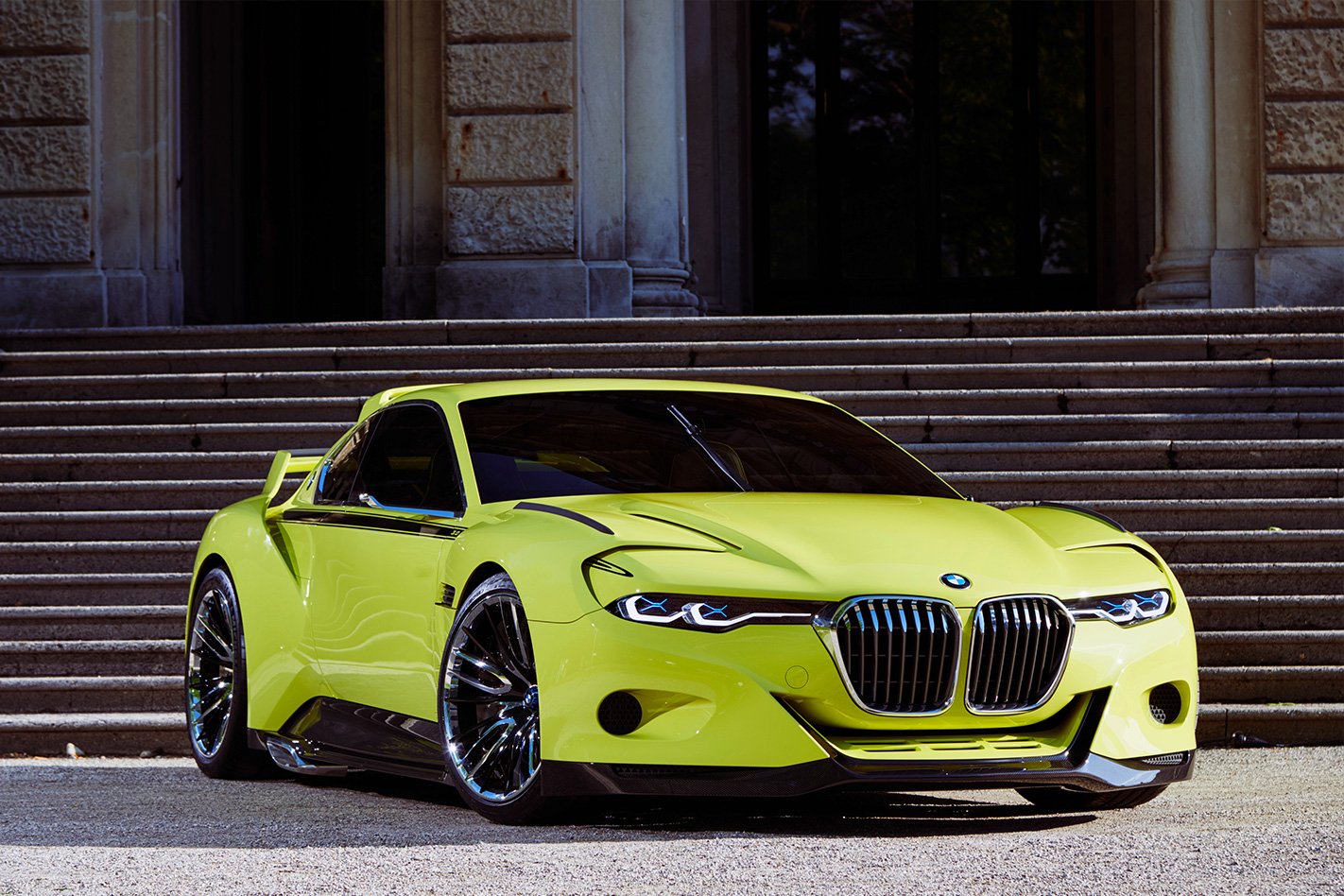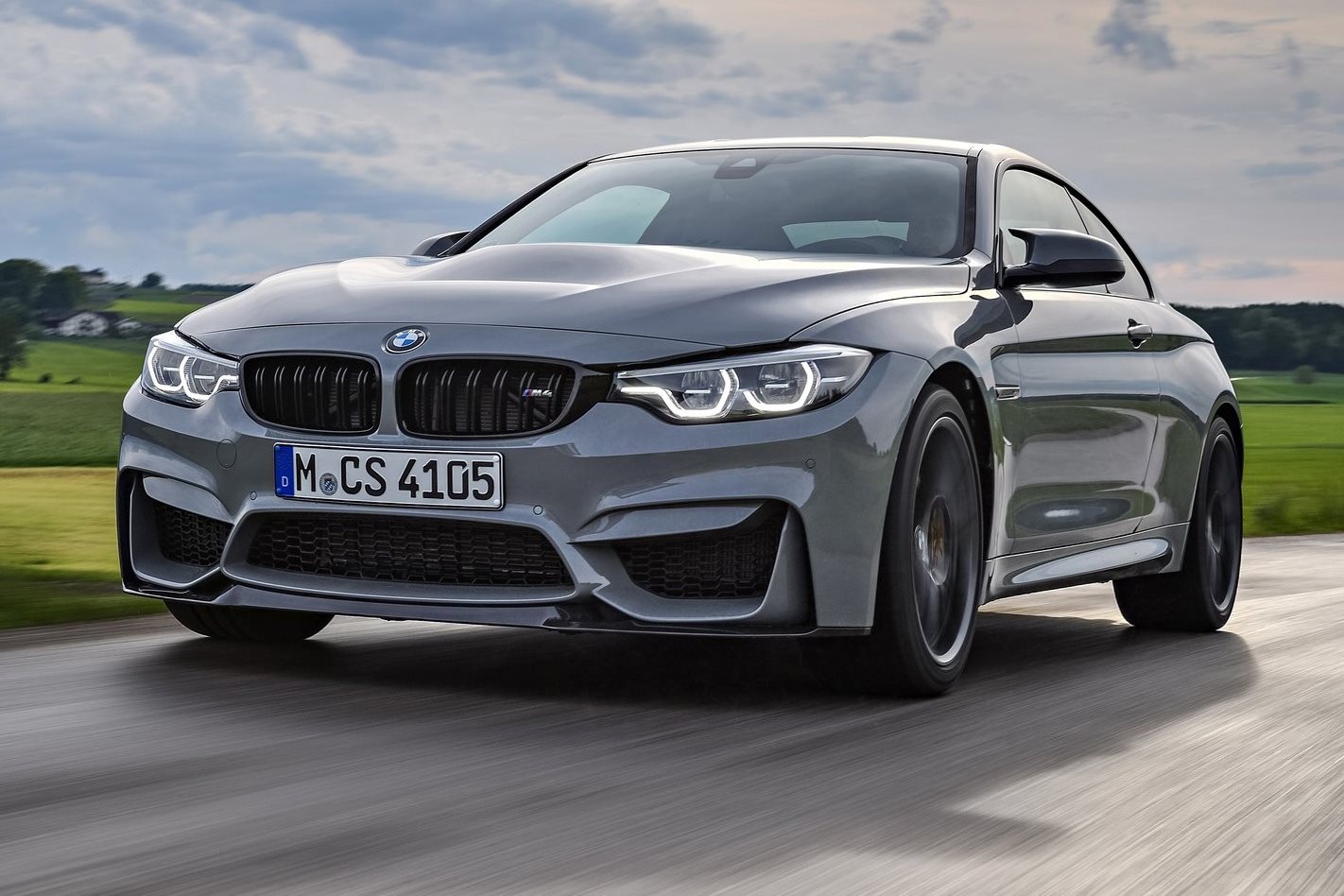IN OCTOBER, BMW’s $211,610 M4 CS touches down on Australian soil bringing an even more potent version of the German car maker’s sports coupe, but it also marks a new milestone in the CS badge’s colourful heritage.
There have been a number of performance-enhanced coupes over the company’s history, and with the arrival of the latest instalment, the CS brand and its derivatives are in an important state of flux.
While the coveted ‘Coupe Sport’ name has bounced about the BMW ranks like a pinball for 55 years, the next chapter will see a growing presence of the badge being applied only to cars that take the highest-performing versions as their basis.
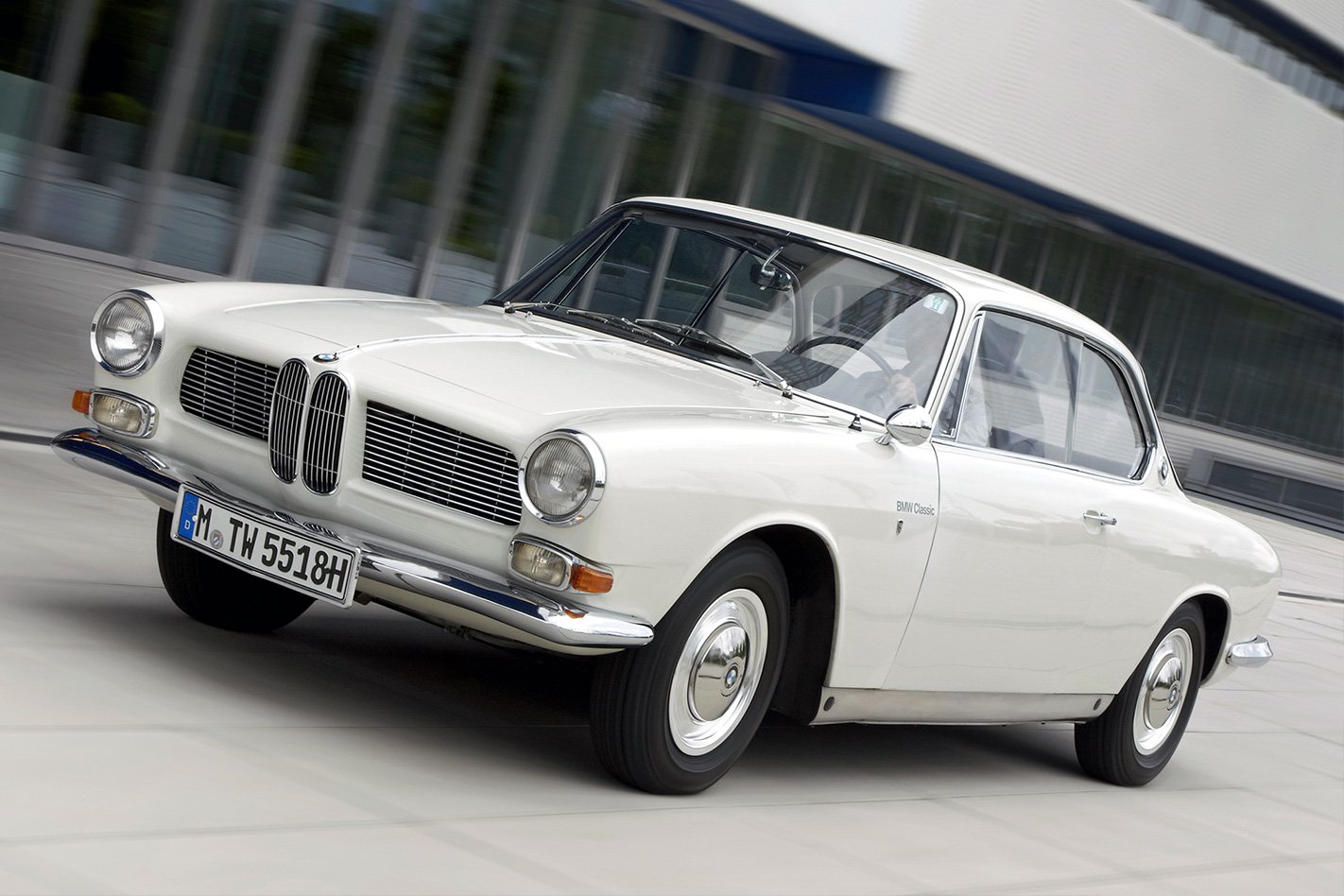
For the company’s next big coupe, the 2000 C was available with a 75kW 2.0-litre four-cylinder engine, but a second version packing twin carburettors took that figure up to 89kW. To differentiate the higher-performance version, BMW reforged the CS badge and the Coupe Sport story had begun.
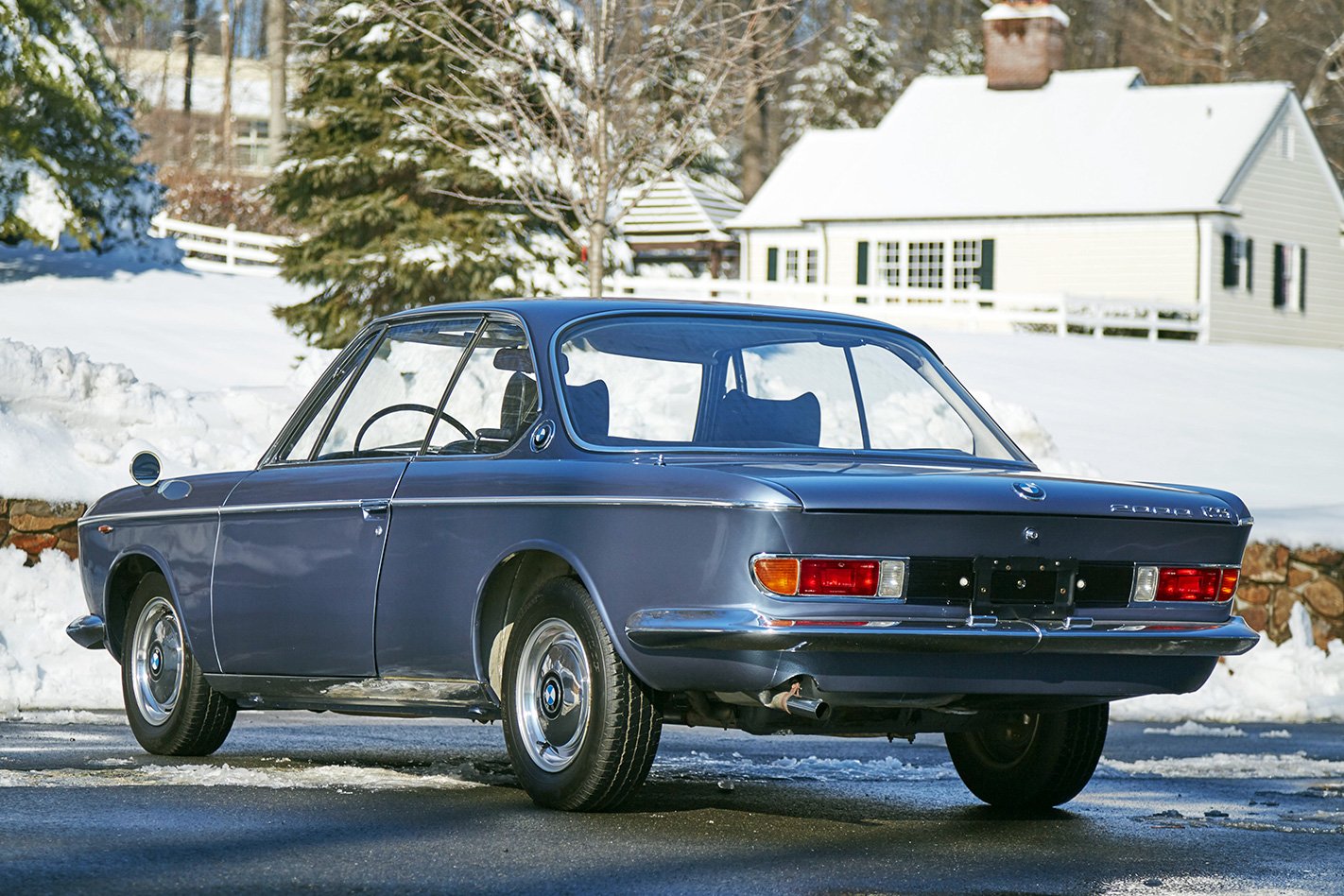
When the M30 ‘big six’ grew to 3.0-litres in 1971, the model range expanded to include the standard CS, a fuel injected CSi and the now iconic 3.0 CSL. Built for homologation and racing domination, the lightweight CSL version was a stripped out racer with plastic windows, alloy panels, and the unmistakable aerodynamic fins that earned it the Batmobile nickname.
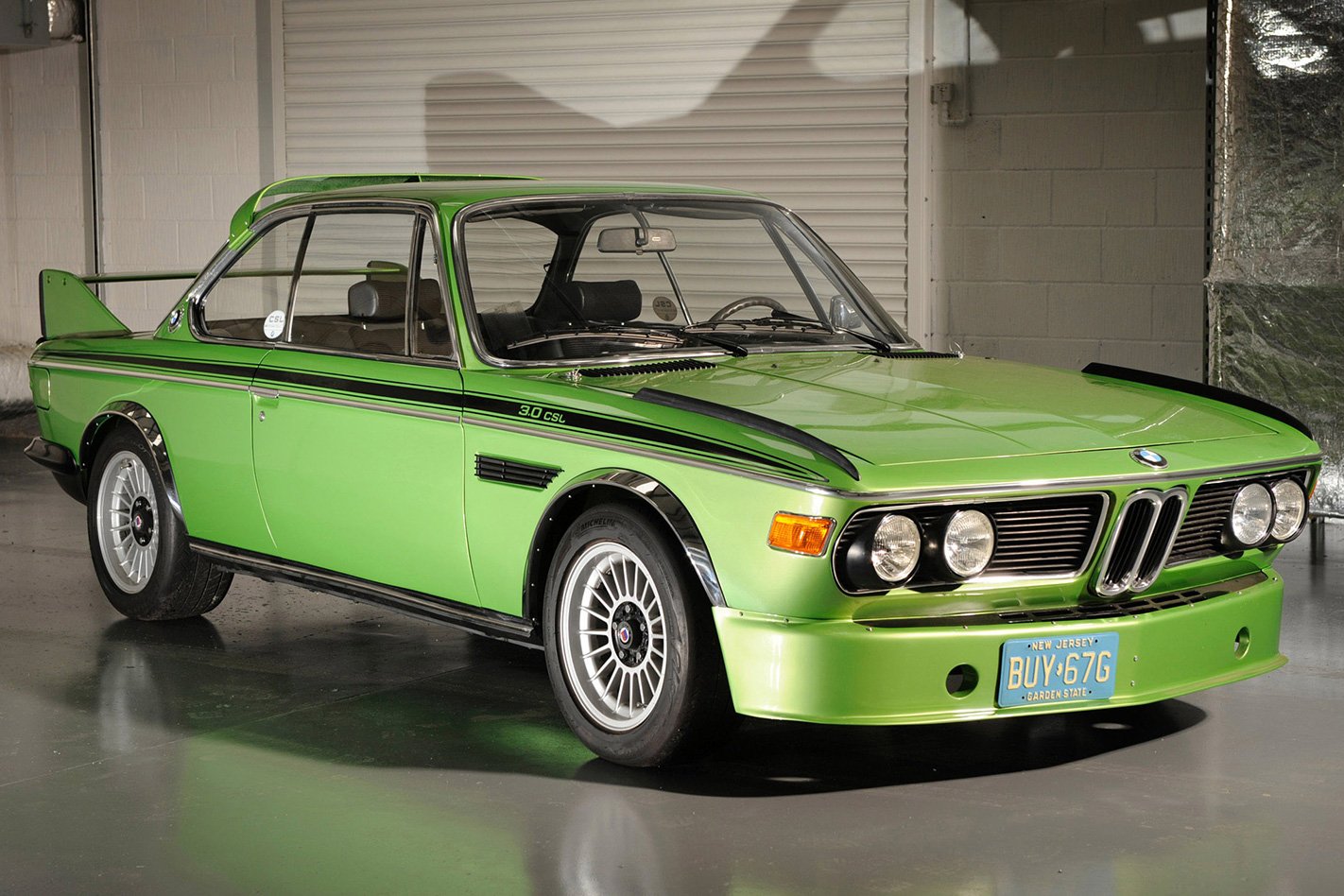
A veritable CS drought followed the discontinuation of the 6 Series in 1989, but when BMW dusted off the badge for the E46 3 Series, it made up for lost time with not one, but three versions.
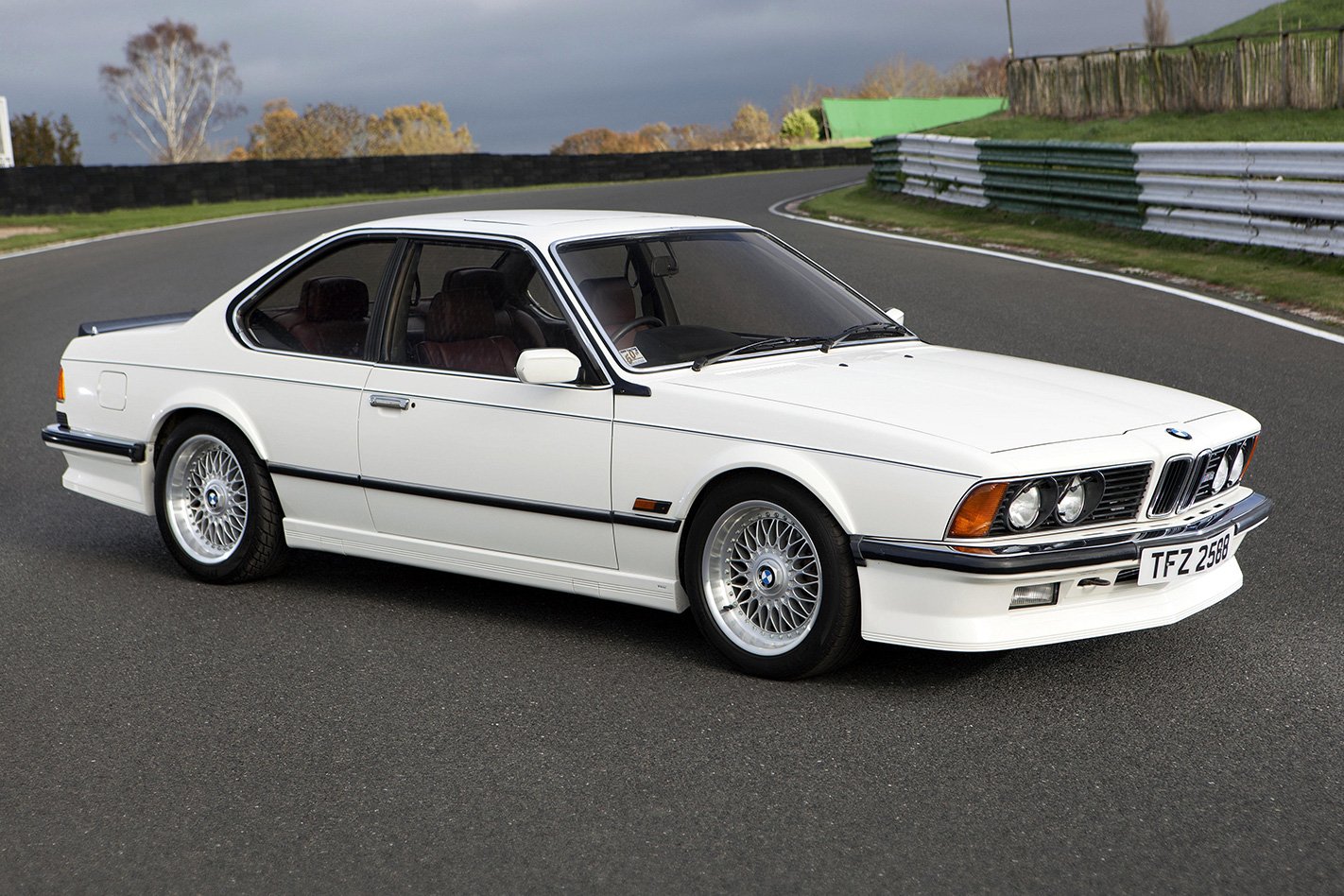
Lesser known however, is the E46 M3 CS, which was offered to Europe and the UK, as well as the US market to make up for the absence of the full fat CSL there. It shared the same brakes, steering rack, wheels, and M-Track mode as the tuned version, but stuck with the standard M3 engine, didn’t take on the CSL’s weight trimming steps (carbon fibre roof, seats, thinner rear windows, fibreboard boot floor), and was available with a manual gearbox instead of the polarising SMG automated manual.
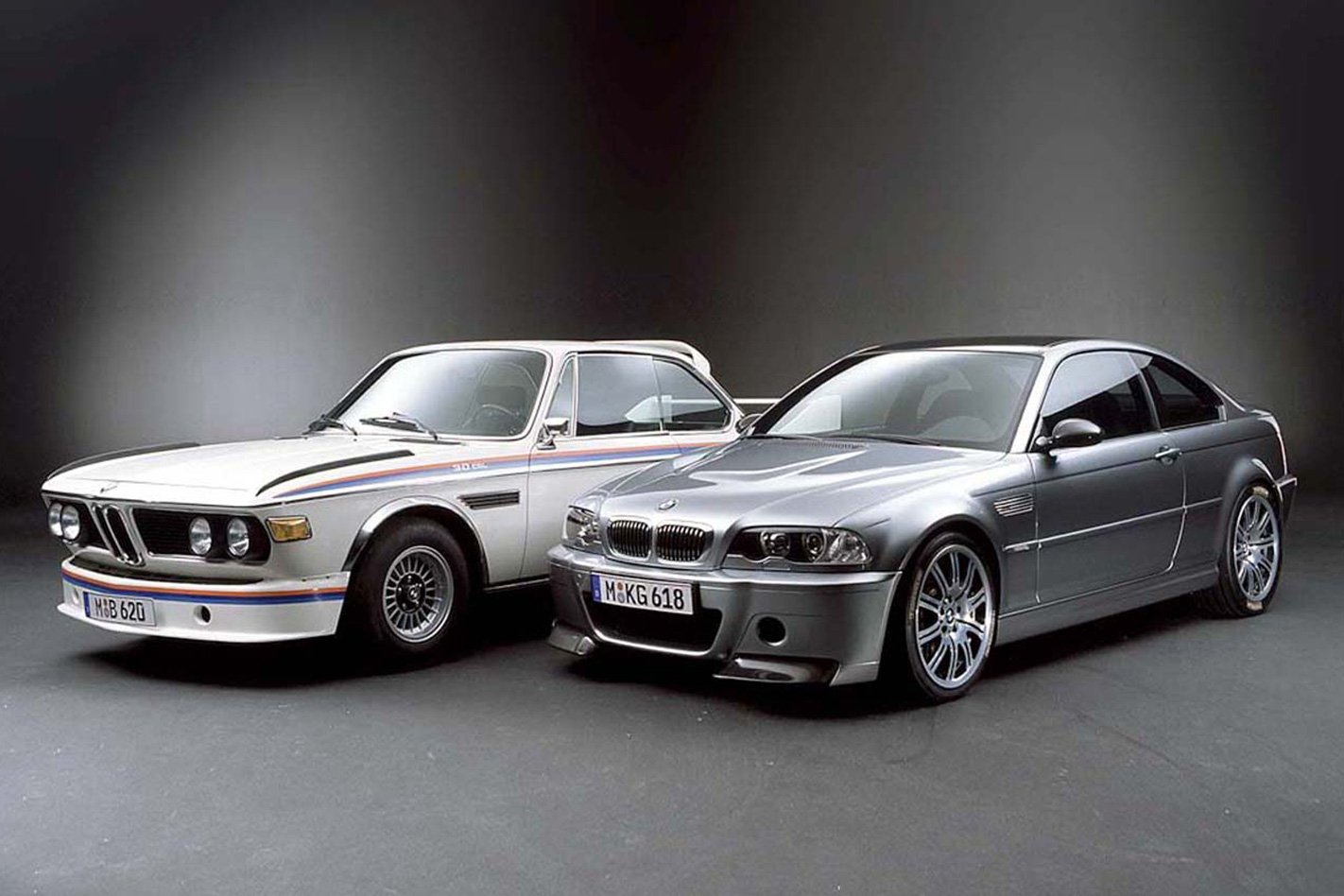
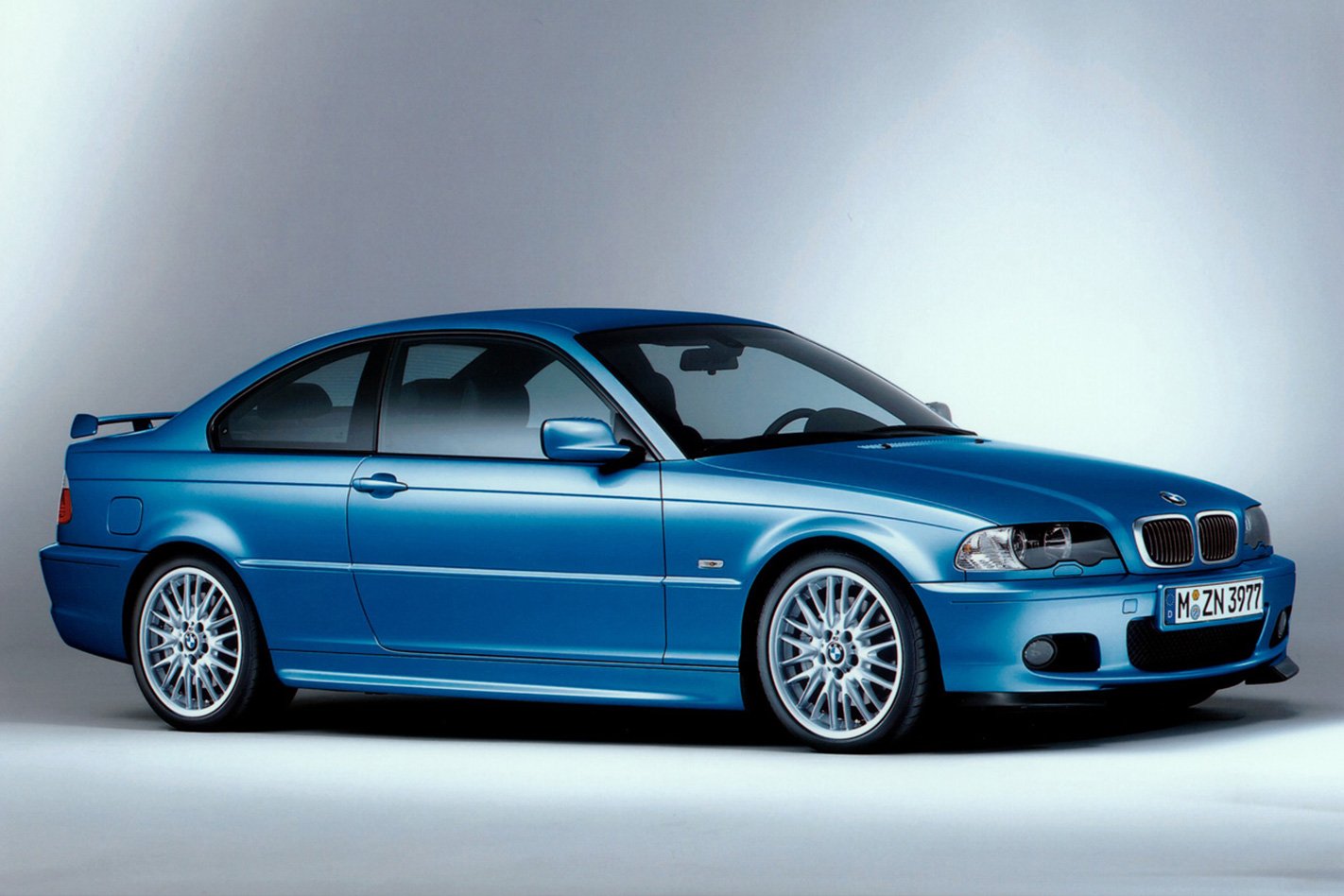
In 2015, two more concepts threw a direct line back to the original E9 3.0 CSL with the 3.0 CSL Hommage and Hommage R design studies that shared its name. Like the first CSL, the modern day interpretation used state of the art materials and manufacturing processes to save weight, but signs of a showroom version have not yet surfaced.

While the M4 CS is the only official candidate at this stage, BMW has moved to protect virtually all applications from M1 CS to M8 CS, which would suggest the car maker is set to open the taps on the performance brand and only for the most potent M-cars.
As part of BMWs expanding M-family, expect to see a new era of CS and CSL power players unfolding in the coming years.
